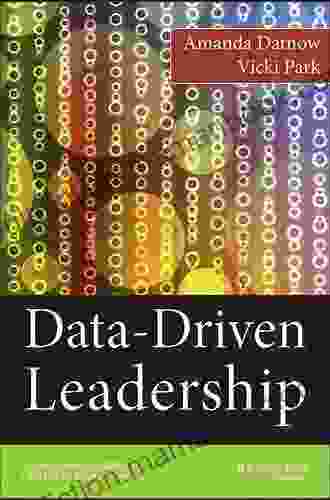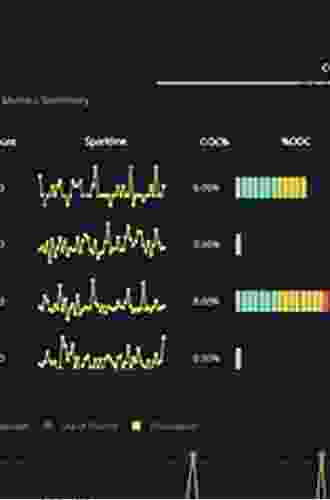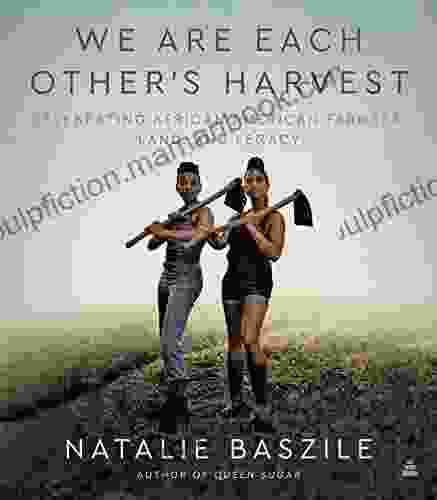Harness the Power of Fully Fledged Frontend Web Framework in Python: A Comprehensive Guide to Flask

to Flask
Flask is a lightweight and versatile Python web framework designed to simplify the development of modern and dynamic web applications. Renowned for its ease of use, flexibility, and extensibility, Flask empowers developers to swiftly create robust and performant web-based solutions. Within this comprehensive guide, we will embark on a journey to unravel the full potential of Flask, exploring its key features, understanding its architectural components, and delving into best practices for building scalable and maintainable web applications in Python.
Key Features of Flask
- Lightweight and Minimalistic: Flask's core is intentionally lean, providing developers with the freedom to tailor their applications with additional libraries and extensions as per specific requirements.
- Testing-Friendly: Flask's built-in testing features streamline the process of writing and executing unit and integration tests, ensuring the reliability and stability of code.
- Versatile Routing System: Flask's flexible routing system enables developers to define custom URLs and associate them with specific application logic, simplifying the management of complex request-handling scenarios.
- Template Engine Support: Flask seamlessly integrates with Jinja2, a powerful templating engine that facilitates the separation of concerns between application logic and presentation logic.
- Extensible Architecture: Flask's modular design allows developers to extend its functionality through a rich ecosystem of plugins and extensions, catering to diverse application requirements.
Architectural Components of Flask
Flask's architectural components work harmoniously to manage incoming requests, process data, and generate dynamic responses. Key components include:
4.3 out of 5
| Language | : | English |
| File size | : | 30746 KB |
| Text-to-Speech | : | Enabled |
| Screen Reader | : | Supported |
| Enhanced typesetting | : | Enabled |
| Print length | : | 364 pages |
- Request and Response Objects: These objects represent incoming HTTP requests and outgoing HTTP responses, providing access to request data, headers, and methods for constructing responses.
- View Functions: View functions are the core building blocks of Flask applications. Each view function is responsible for handling a specific request and returning a response, typically rendered using templates.
- URL Routing: Flask's routing system maps incoming requests to appropriate view functions based on defined URL patterns, ensuring the correct execution of application logic.
- Middleware: Middleware components intercept requests and responses, providing opportunities to perform preprocessing, postprocessing, or error handling, enhancing application functionality and flexibility.
- Extensions: Extensions are pluggable modules that extend Flask's capabilities, offering support for various functionalities such as database integration, authentication, or caching.
Best Practices for Flask Development
To ensure the development of robust, maintainable, and scalable Flask applications, adhering to best practices is crucial:
- Properly Structure Your Application: Organize your code into logical modules, separating concerns into distinct files for clarity and maintainability.
- Use a Configuration File: Externalize configuration settings into a separate file, allowing for easy modification and management of application-wide parameters.
- Leverage Blueprints: Divide large applications into smaller, reusable blueprints, promoting modularity and code organization.
- Implement Error Handling: Handle exceptions and errors gracefully, providing informative error messages and logging errors for debugging purposes.
- Test Your Code Regularly: Employ unit testing and integration testing to ensure the reliability and correctness of your codebase.
- Follow Security Guidelines: Implement industry-standard security measures to protect your applications from vulnerabilities and attacks.
- Optimize Performance: Utilize caching, profiling, and other techniques to enhance the performance and responsiveness of your applications.
Flask stands as a powerful and versatile Python web framework, empowering developers to create dynamic and scalable web applications with ease. Its lightweight nature, testing-friendly approach, flexible routing system, and extensibility through plugins and extensions make it an ideal choice for building modern and feature-rich web solutions. By adhering to best practices, developers can harness the full potential of Flask and deliver robust, maintainable, and performant web applications. As Python continues to gain prominence in the web development landscape, Flask remains a top choice for developers seeking a comprehensive and user-friendly framework for building exceptional web-based experiences.
4.3 out of 5
| Language | : | English |
| File size | : | 30746 KB |
| Text-to-Speech | : | Enabled |
| Screen Reader | : | Supported |
| Enhanced typesetting | : | Enabled |
| Print length | : | 364 pages |
Do you want to contribute by writing guest posts on this blog?
Please contact us and send us a resume of previous articles that you have written.
 Top Book
Top Book Novel
Novel Fiction
Fiction Nonfiction
Nonfiction Literature
Literature Paperback
Paperback Hardcover
Hardcover E-book
E-book Audiobook
Audiobook Bestseller
Bestseller Classic
Classic Mystery
Mystery Thriller
Thriller Romance
Romance Fantasy
Fantasy Science Fiction
Science Fiction Biography
Biography Memoir
Memoir Autobiography
Autobiography Poetry
Poetry Drama
Drama Historical Fiction
Historical Fiction Self-help
Self-help Young Adult
Young Adult Childrens Books
Childrens Books Graphic Novel
Graphic Novel Anthology
Anthology Series
Series Encyclopedia
Encyclopedia Reference
Reference Guidebook
Guidebook Textbook
Textbook Workbook
Workbook Journal
Journal Diary
Diary Manuscript
Manuscript Folio
Folio Pulp Fiction
Pulp Fiction Short Stories
Short Stories Fairy Tales
Fairy Tales Fables
Fables Mythology
Mythology Philosophy
Philosophy Religion
Religion Spirituality
Spirituality Essays
Essays Critique
Critique Commentary
Commentary Glossary
Glossary Bibliography
Bibliography Index
Index Table of Contents
Table of Contents Preface
Preface Introduction
Introduction Foreword
Foreword Afterword
Afterword Appendices
Appendices Annotations
Annotations Footnotes
Footnotes Epilogue
Epilogue Prologue
Prologue Johnson Wolf
Johnson Wolf David H Jonassen
David H Jonassen Lexi Foster
Lexi Foster Heather Biggar Tomlinson
Heather Biggar Tomlinson Jeff Kinney
Jeff Kinney P T Macias
P T Macias Nancy Urzo
Nancy Urzo Maria Isabel Sanchez Vegara
Maria Isabel Sanchez Vegara Charles Sugden
Charles Sugden Bill Fivaz
Bill Fivaz Grant Pickup
Grant Pickup Victoria Ogunrinu
Victoria Ogunrinu Daniel J Siegel
Daniel J Siegel Jeffrey Schultz
Jeffrey Schultz Alissa Nutting
Alissa Nutting Kevin Lavey
Kevin Lavey Amanda Baker
Amanda Baker Ken Green
Ken Green Richard Mckenna
Richard Mckenna Theodore R Sizer
Theodore R Sizer
Light bulbAdvertise smarter! Our strategic ad space ensures maximum exposure. Reserve your spot today!

 Hunter MitchellThe Butcher and the Wren: A Literary Exploration of Love, Loss, and Betrayal
Hunter MitchellThe Butcher and the Wren: A Literary Exploration of Love, Loss, and Betrayal Everett BellFollow ·15k
Everett BellFollow ·15k W.B. YeatsFollow ·5.4k
W.B. YeatsFollow ·5.4k Pablo NerudaFollow ·9.1k
Pablo NerudaFollow ·9.1k Glenn HayesFollow ·6.1k
Glenn HayesFollow ·6.1k Fernando BellFollow ·4.7k
Fernando BellFollow ·4.7k Jim CoxFollow ·15.1k
Jim CoxFollow ·15.1k Jeremy CookFollow ·12.5k
Jeremy CookFollow ·12.5k Rex HayesFollow ·6.2k
Rex HayesFollow ·6.2k

 Joseph Conrad
Joseph ConradExport Now: Five Keys to Entering New Markets
Are you looking to expand your business into...
 Christopher Woods
Christopher WoodsElvis Presley: The King of Rock and Roll and an Icon of...
Elvis Presley was an...

 Kelly Blair
Kelly BlairData-Driven Leadership: A Comprehensive Guide for...
In today's rapidly changing educational...

 Joe Simmons
Joe Simmons37 Stories of Canine Companionship and Courage
Dogs have been our...

 Martin Cox
Martin CoxChilling Psychological Thriller With Twist: Brace...
Prepare yourself for...
4.3 out of 5
| Language | : | English |
| File size | : | 30746 KB |
| Text-to-Speech | : | Enabled |
| Screen Reader | : | Supported |
| Enhanced typesetting | : | Enabled |
| Print length | : | 364 pages |











